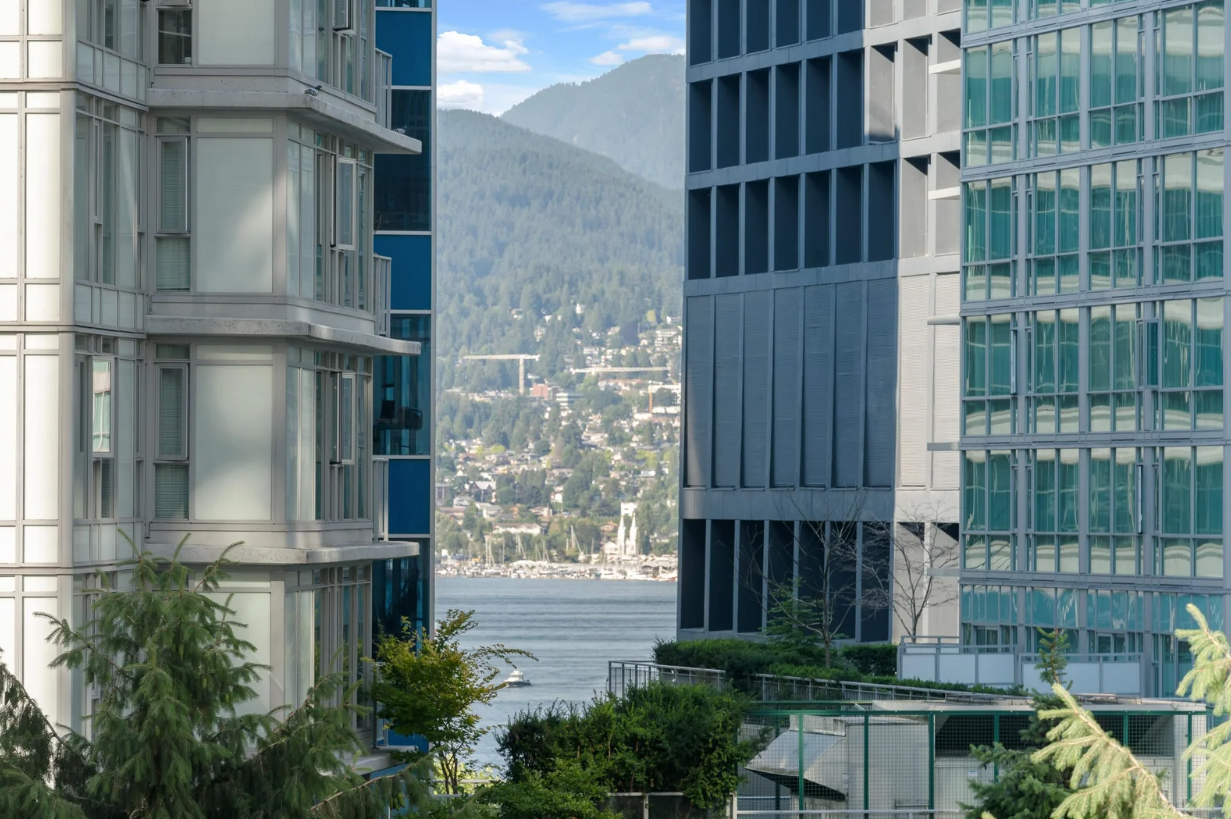
In recent discussions surrounding housing affordability, Singapore's model has frequently been highlighted as a potential template for Canada, particularly in British Columbia. The province’s BC Builds housing program, introduced earlier this year, echoes several aspects of Singapore's approach, aiming to address the pressing issue of affordable housing.
Singapore's housing system is characterized by strong government involvement in land ownership, property development, and financing. The government plays a central role in the entire housing process, from planning to execution, which has resulted in high home ownership rates and a well-organized urban landscape. Singapore’s policies have been lauded for their effectiveness in managing land scarcity and ensuring affordable housing for its citizens.
The BC Builds program seeks to use government and community-owned land, along with low-cost financing, to provide housing for middle-income residents. This approach mirrors Singapore's strategy of integrating housing development with broader urban planning goals. The program’s emphasis on tying rental rates to household income, as seen in Singapore, further underscores the influence of the city-state’s model on British Columbia's housing strategy.
However, replicating Singapore's success in a different context presents significant challenges. Singapore's housing policies were developed in response to the country's unique circumstances, including acute land scarcity and a need to rapidly improve living conditions. The government’s ability to control land and direct development has been a key factor in the success of its housing model. In contrast, Canada’s larger geographical area and different social and economic conditions make it difficult to apply the same level of centralized control.
Moreover, the broader social implications of Singapore’s housing policies, including its tightly regulated housing market and integrated urban planning, may not be as easily implemented in Canada. The level of government intervention required to replicate Singapore’s model could face resistance due to different cultural and political values.
Despite these challenges, there are elements of Singapore’s approach that could be adapted to Canada’s context. For example, a more comprehensive and long-term approach to urban planning could help Canadian cities better manage growth and development, ensuring that housing, infrastructure, and community facilities are planned in an integrated manner. Additionally, ensuring that new housing developments promote community interaction could enhance the social fabric of Canadian cities.
The effectiveness of adopting elements of Singapore's model in Canada remains to be seen. While it offers a framework for addressing some of the challenges in the Canadian housing market, the unique differences between the two countries mean that any adaptation would need to be carefully tailored to fit local conditions.
If you're interested in learning more about the current real estate market in Vancouver or are considering buying or selling a property, you can reach out to Matt Gul, a leading luxury real estate agent based in West Vancouver. With his expertise, Matt can assist you with all your real estate needs. For inquiries, you can contact Matt Gul at 778-888-8888 or via email at matt@mattgul.com.
Source: Chuck Chiang, T. C. P. (2024, August 6). Is Singapore’s housing model a realistic solution for Canada’s affordability woes? BNN Bloomberg. https://www.bnnbloomberg.ca/business/real-estate/2024/08/06/is-singapores-housing-model-a-realistic-solution-for-canadas-affordability-woes/